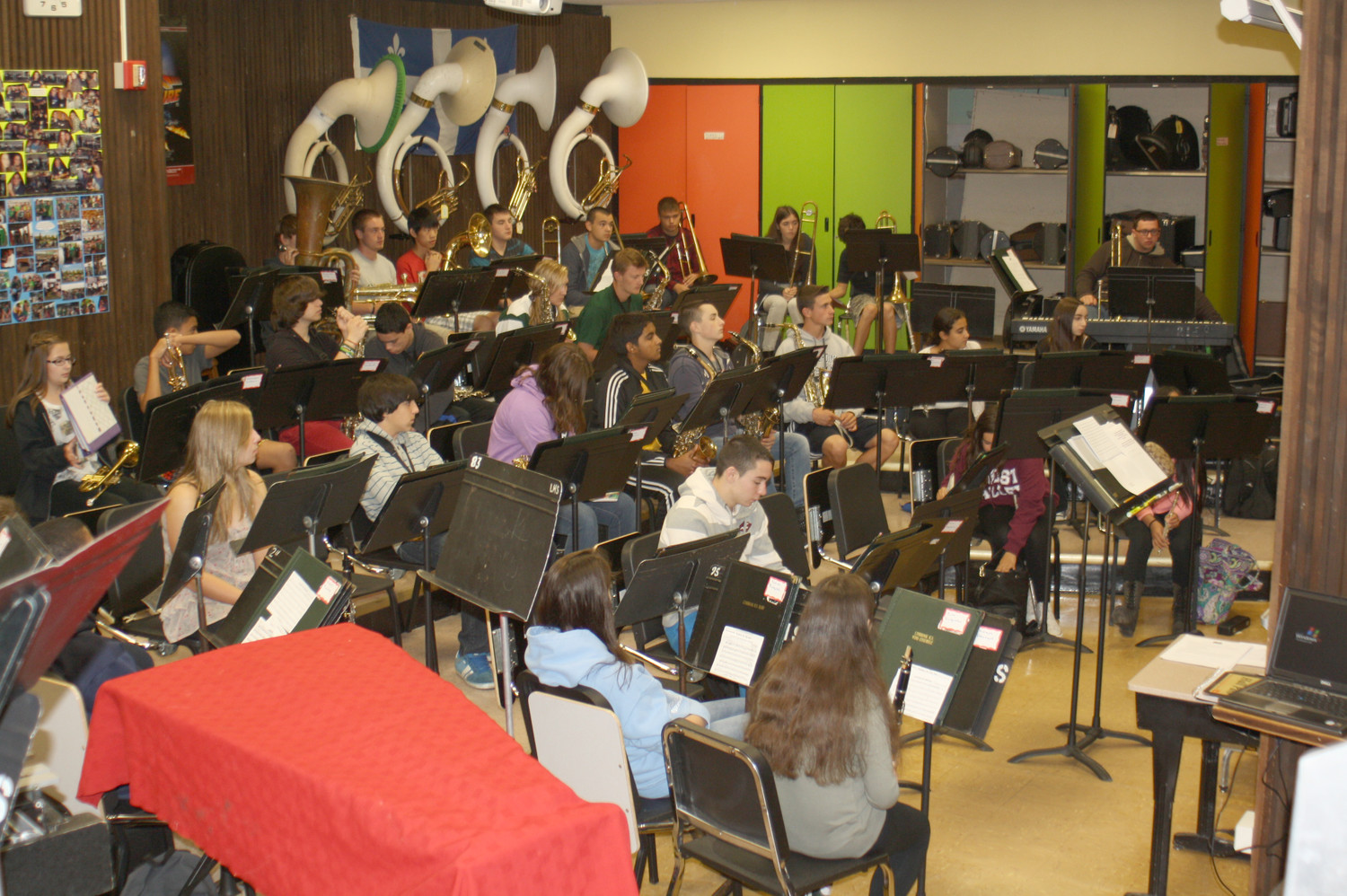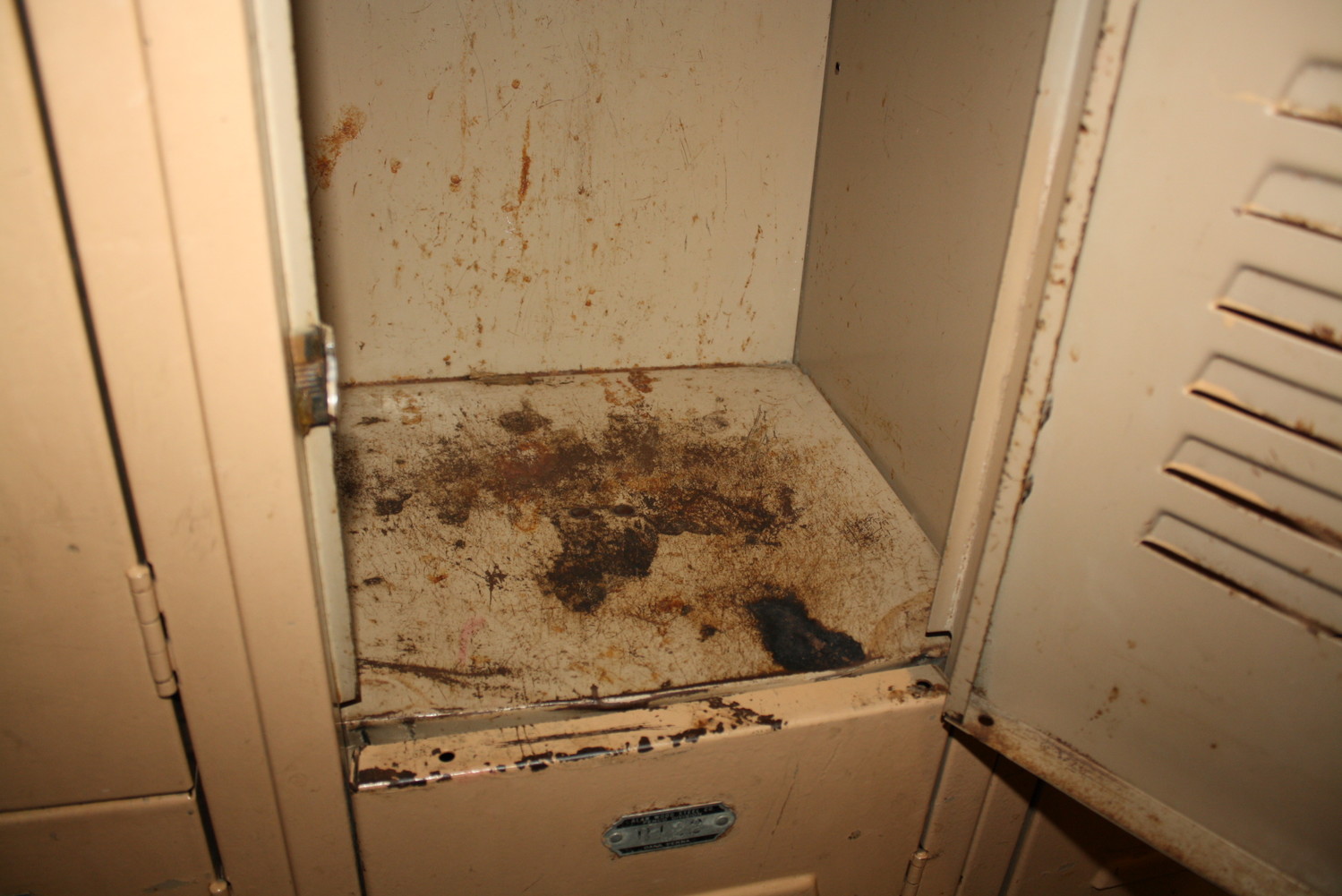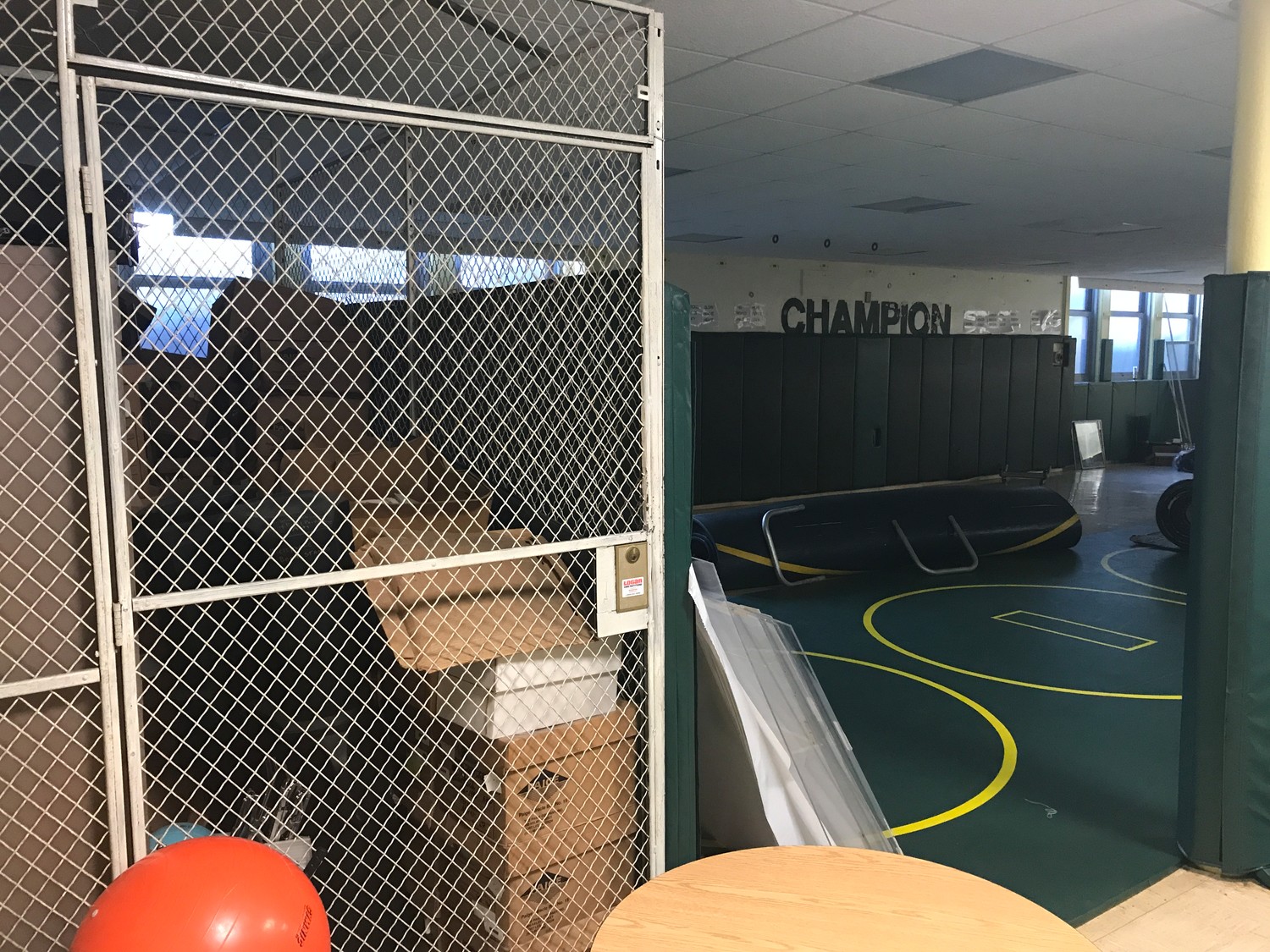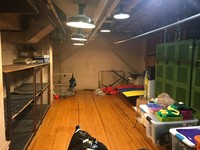Lynbrook vote for $28.9 million bond set for Tuesday
Tour of buildings reveals that many upgrades are needed
The future of much-needed upgrades to Lynbrook School District facilities is in the hands of voters, who will decide on Oct. 3 to accept or reject a $28.9 million bond proposal to fund repairs in the high school and all other district buildings.
Polls will be open at Lynbrook High School and North and South middle schools on Tuesday from 7 a.m. to 9 p.m.
The bond would fund three new science classrooms; a larger science research facility; new classrooms for the chorus, band and orchestra; a new classroom for the Career Development Program; a school store in which career development students would learn how to run a business; and renovations to the auditorium. Many of the new rooms would be housed in a two-story, 33,274-square-foot addition to the high school. The bond would also update middle school locker rooms, add air conditioning to the elementary and middle school gyms and upgrade the wrestling room at the Lynbrook Kindergarten Center, across from the high school.
The latest bond was proposed at the Jan. 11 Board of Education meeting, nearly a year after a $46 million proposal was voted down in March 2016 by 314 votes. In a September 2016 voter survey, 85 percent of respondents said they voted against the bond because of its high cost. Guided by that survey, the trustees issued a new proposal, scaling back certain projects. On June 14, the board unanimously decided to put the bond up for a revote.
The total cost of the 20-year bond is $33.9 million, of which $5 million would be covered by reserves. Homeowners would see an estimated average annual increase of $168 in their school taxes. The formula for each homeowner can be calculated at lynbrookschools.org by accessing the Bond tab, then clicking on Fast Financial Facts.
Touring the school
The Herald recently toured Lynbrook High School, the wrestling room and the locker room at Lynbrook South with Superintendent Dr. Melissa Burak, Principal Joseph Rainis and Director of Facilities James Saitta, to get a first-hand look at what improvements school officials say are necessary.
Standing in the cramped band room, which was filled with dozens of students and large instruments, music teacher Brian White was pressed against the wall as he conducted the band. The band room is in use for seven periods every day, and is the only space where ensemble groups can practice. The bond would fund a new 1,923-square-foot rehearsal space for the band, and separate rooms for the orchestra (1,541 square feet) and chorus (1,051).
Rainis explained that the band rooms at the two middle schools are much bigger because they were recently redone in projects that were financed from the district’s capital reserves. The upgrades that the high school needs, however, would be too costly for reserves to cover.
“They go to music class at South Middle School and North Middle School, where they have facilities,” Rainis said of the students. “Then they come here, where there really is a lack of facilities. We’re just hoping that the district can support having facilities at the high school that are on par with what we have at the middle school for the performing arts.”
The chorus and orchestra now practice in the auditorium, which also needs renovations. Because students use it eight periods per day, Rainis said, administrators are unable to book guest speakers, because that would require canceling classes.
The bond would fund new auditorium seats, new lighting and a better sound system. The original bond proposed a new, 646-seat auditorium, but that plan was scaled back after school officials gathered residents’ feedback.
The bond would also address the science department. Many classrooms do not have sufficient space for lab stations, and the high school has only one science research facility, which was converted from an auto shop. It doubles as storage space for beakers and other materials. The bond would add three new science classrooms, ranging from 922 to 1,633 square feet, on the north side of the building, where art classes meet. The art classrooms would be part of the new addition on the south side of the building, near the main office and the nurse’s office.
There would also be an increase in the number of specialized classes offered if the space issue were resolved. Those classes include consumer science, life skills, sewing, cooking and the Career Development program. The lack of space means that these classes fill up quickly and students are turned away, Rainis said.
In Paul Rotstein’s architectural drawing class, there isn’t enough desk space to properly house the large computers. Rotstein designed what he would like the specialized STEM (science, technology, engineering and math) classroom to look like, nearly doubling it to 1,262 square feet.
“If you marry engineering with science, that’s the heart of everything that’s happening today,” Rainis said. “And that’s what we want to do. So we’re going to set kids up to be able to light the spark, and then give them some opportunities to find their passion and take it to the next level.”
Across the street, at the Kindergarten Center, the wrestling room for the high school team is cramped and outdated. It was once used as a multi-purpose room, and part of an old wooden stage still remains. The district also stores its records there. The adjacent locker room, much like those in the middle schools, houses rusty lockers and is worn and dated.
“We’ve really hit the point now where we need more space at the high school, and we need to renovate existing spaces,” Saitta said. “To go further educationally, we have to go larger facility-wise. We’re kind of at that point.”
The full proposal can be viewed online at lynbrookschools.org under the bond tab. If it is approved, district officials said that smaller projects such as air-conditioning installation, would be done quickly. The timeline for other projects would depend on the State Education Department’s approval of plans, the bidding process, the general market conditions, interest rates and the availability of contractors.
Rainis said that the bond would go a long way in providing a better environment for the students learning and would improve their education by creating more space for them to learn.
“It’s all about the space,” Rainis said. “And over time, programs that didn’t exist when they designed these buildings in the late 1970s now do exist. … It’s taken the number of classrooms that you have available for general education and reduced them.”

 48.0°,
Overcast
48.0°,
Overcast 











